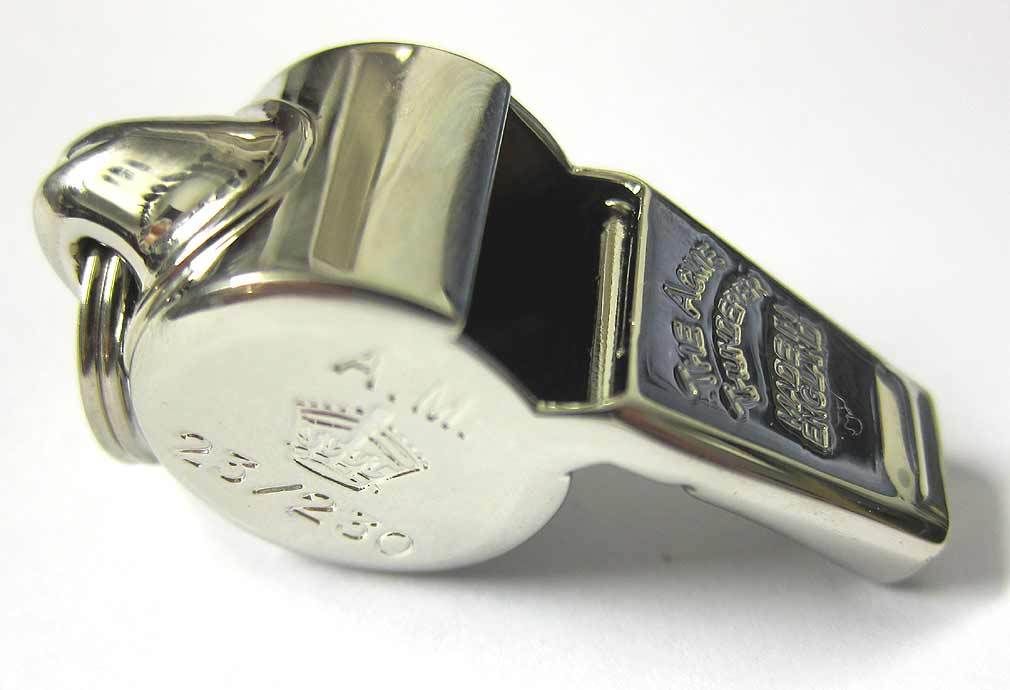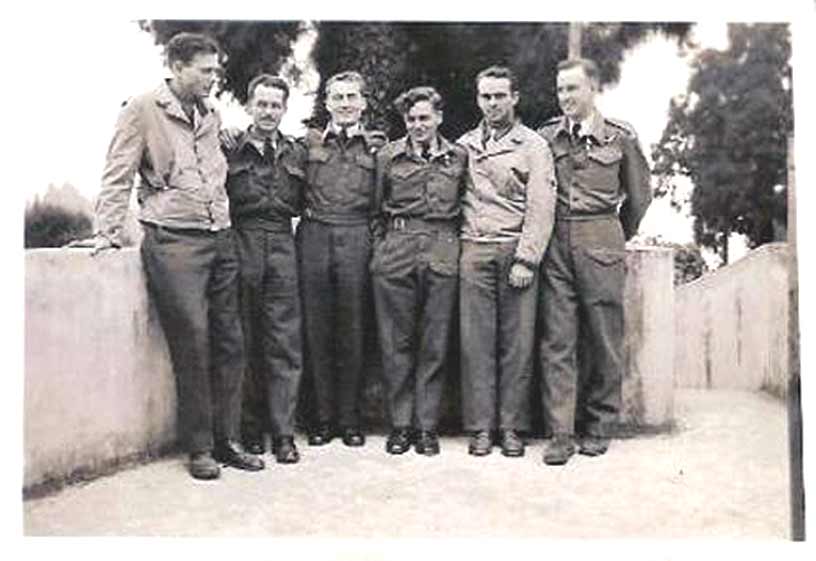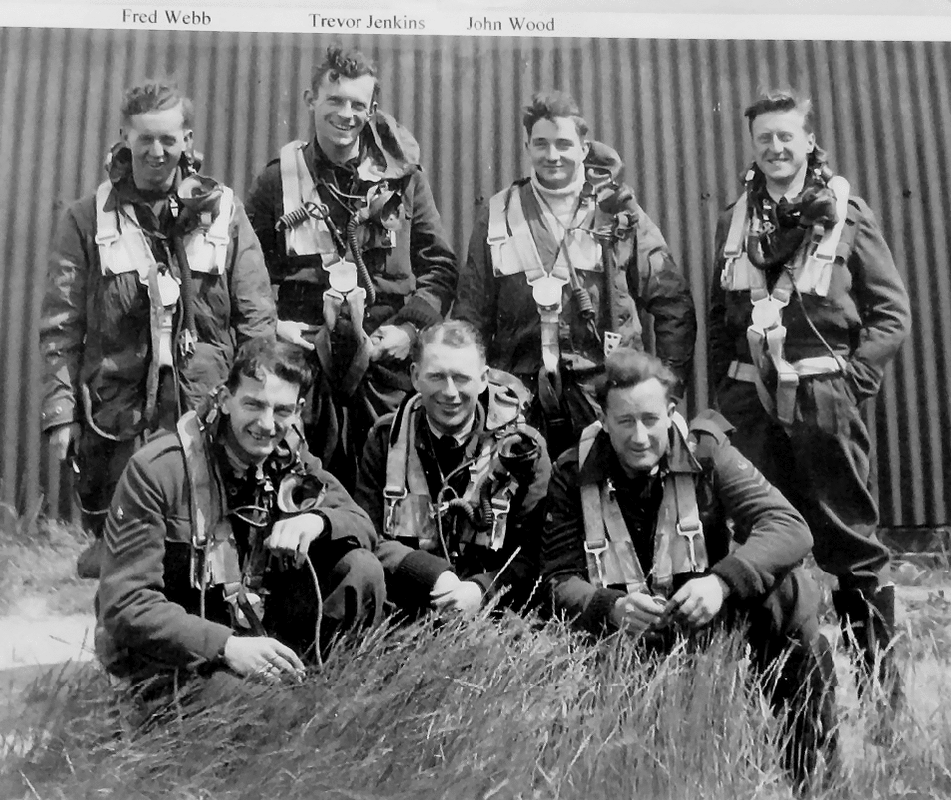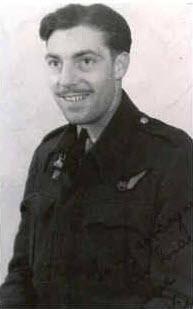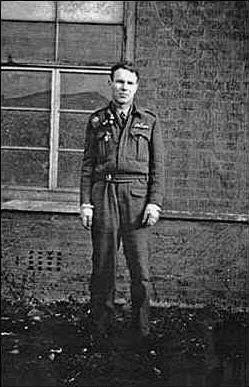War Whistles History - ACME 23/230 Air Ministry Thunderer used by RAF, Commonwealth & Allied Aircrews
|
The ACME Thunderer 23/230 Whistle was used by RAF, Commonwealth and other allied Aircrew's during WW2. You will find some of the history and details of its use detailed below. Feel free to contact us if you have a story to add or want to point out any errors. The small version (aircrew version), of the ACME Thunderer was first thought to have been produced around 1939 to 1940 - there are no records, that we are aware of, that can give us a specific date of manufacture or issue. The large Thunderer whistle version was also used prior to and during WW2.
|
William Lyons wireless operator and air gunner - 215 Sqn & No 30 Operational Training Unit (OTU)
|
William Lyons, was a wireless operator and air gunner who served in a heavy bomber (Lancaster) squadron in the China Burma India theater
with the RAF. William's log book, shows him having a total of 593 daytime flight hours and another 257 night time flight hours. He flew in numerous types of aircraft including, Wellington III, Wellington X, Douglas Dakota C-47, Lockheed Lodestar, Avro Anson and the Avro Lancaster. William flew 63 combat sorties during his service time in World War Two. William survived the war. He and his wife immigrated to the United States after the war and lived in Escondido, California. More... [courtesy of C.E. Daniel Collection- http://www.danielsww2.com] |
" Get the Hurricanes flying, train the Russians in their use, hand them over and
return to Britain"
OPERATION HURRICANE:
The story behind this Order of Lenin is an astonishing one. When German forces invaded the Soviet Union in June 1941 the Russian Army needed weapons and supplies to stem the Nazi advance. Stalin urged Winston Churchill, Britain’s wartime leader, to send him Spitfires, the RAF’s latest and fastest fighter planes. At last Churchill dispatched Hurricanes – 40 of them to begin with, hundreds later.
The story behind this Order of Lenin is an astonishing one. When German forces invaded the Soviet Union in June 1941 the Russian Army needed weapons and supplies to stem the Nazi advance. Stalin urged Winston Churchill, Britain’s wartime leader, to send him Spitfires, the RAF’s latest and fastest fighter planes. At last Churchill dispatched Hurricanes – 40 of them to begin with, hundreds later.
The Dambusters:
Operation Chastise was an attack on German dams carried out on 16th/17th May 1943 by Royal Air Force (RAF), No. 617 Squadron, subsequently publicised as the "Dam Busters". They used a specially developed "bouncing bomb" invented and developed by Barnes Wallis.
The Möhne and Edersee Dams were breached, causing catastrophic flooding of the Ruhr valley and of villages in the Eder valley; the Sorpe dam sustained only minor damage. Two hydroelectric power stations were destroyed and several more were damaged. Factories and mines were also either damaged or destroyed. An estimated 1,600 people drowned. The damage was mitigated by rapid repairs by the Germans, with production returning to normal in September. Notice in the aircrew picture the ACME aircrew whistles worn on the RAF flight jackets.
Operation Chastise was an attack on German dams carried out on 16th/17th May 1943 by Royal Air Force (RAF), No. 617 Squadron, subsequently publicised as the "Dam Busters". They used a specially developed "bouncing bomb" invented and developed by Barnes Wallis.
The Möhne and Edersee Dams were breached, causing catastrophic flooding of the Ruhr valley and of villages in the Eder valley; the Sorpe dam sustained only minor damage. Two hydroelectric power stations were destroyed and several more were damaged. Factories and mines were also either damaged or destroyed. An estimated 1,600 people drowned. The damage was mitigated by rapid repairs by the Germans, with production returning to normal in September. Notice in the aircrew picture the ACME aircrew whistles worn on the RAF flight jackets.
D-Day Lancaster bomber crew identified 68 years on by poignant inscription on dead airman's ring
The mangled ring, found in a marsh by a French metal detector enthusiast, bears the initials ‘AC’ and the engraved inscription ‘Love Vera’.
British aviation archaeologist Tony Graves believes the AC refers to a flight lieutenant called Albert Chambers who was on board Lancaster ND 739 which went missing following a dawn mission on June 6, 1944. The name Vera refers to his wife, Vera Grubb, whom he had married just eight months earlier.
Born in Derby, Flight Lieutenant Chambers had an extraordinary career. He had flown 58 operational sorties and had won a Distinguished Flying Cross and Bar before his death at 23. Chambers was 97 Squadron’s signals leader and was wireless operator and air gunner on the D-Day flight.
British aviation archaeologist Tony Graves believes the AC refers to a flight lieutenant called Albert Chambers who was on board Lancaster ND 739 which went missing following a dawn mission on June 6, 1944. The name Vera refers to his wife, Vera Grubb, whom he had married just eight months earlier.
Born in Derby, Flight Lieutenant Chambers had an extraordinary career. He had flown 58 operational sorties and had won a Distinguished Flying Cross and Bar before his death at 23. Chambers was 97 Squadron’s signals leader and was wireless operator and air gunner on the D-Day flight.
The story of 626 Squadron, crew of LM112 UM-A2 on 7th of July 1944
|
626 squadron and RAF Wickenby.
The Lancaster reached the target without incident, and at 21.09hrs the bombs were released from 6,000’ on an excellent concentration of Red T.I.'s. This was the first operational mission that the crew had carried out together, though they had each had one previous trip... Flak appeared to be very heavy, especially to the South West of Caen. Immediately the bombs were released the captain turned off to avoid these heavy flak defences. Suddenly a sharp crack was felt underneath the aircraft which tore a hole in the wireless operator’s seat.... Please read the full story of crew of LM112 UM-A2 and their mission and fate on 7th of July 1944. |
The Story of Sgt Ernest Berry and the crew of DV190
|
DV190 626 Sqdn - Berlin 1/2 Jan 1944
Sergeant John "Paddy" Waters, the son of Matthew Waters, and Margaret Waters was serving as the Rear Gunner on board Lancaster Mk. III DV-190 coded UM-B2 during their third mission with 626 Squadron on an operation to Duisberg on January 1/2, 1944. The aircraft took off from Wickenby shortly after 0016 but crashed at Gardelegen killing all but one of the crew. Sergeant Victor Trayler joined the RAF at age 18, he was the son of William and Gwendoline Trayler and husband of Olive of Newport, Monmouthshire. Olive and Victor's son, Michael Victor was to be born on 13th February 1944, just over a month after Victor and his crew were shot down. Victor, the mid-upper gunner, was good friends with rear gunner John "Paddy" Waters as well as with the other members of the crew, Sgt "Chic" Henderson was a brilliant cartoonist and used to pass the time by drawing cartoons of the crew's time together. |
F/Sgt Keith Margetts's crew in LM393
|
The Loss of F/Sgt Keith Margetts's crew in LM393 on the Berlin raid of March 24th/25th 1944.
This night became known in Bomber Command as 'the night of the strong winds'. A powerful wind from the north carried the bombers south at every stage of the flight. Not only was this wind not forecast accurately but it was so strong that the various methods available to warn crews of wind changes during the flight failed to detect the full strength of it. The bomber stream became very scattered, particularly on the homeward flight and radar-predicted flak batteries at many places were able to score successes. Part of the bomber force even strayed over the Ruhr defences on the return flight. It is believed that approximately 50 of the 72 aircraft lost were destroyed by flak; most of the remainder were victims of night fighters. Needless to say, the strong winds severely affected the marking with, unusually, markers being carried beyond the target and well out to the south-west of the city. This was the last major RAF raid on Berlin during the war, although the city would be bombed many times by small forces of Mosquitos. |
History > ACME 23/230 Air Ministry Thunderer as used by RAF, Commonwealth & Allied Aircrew
